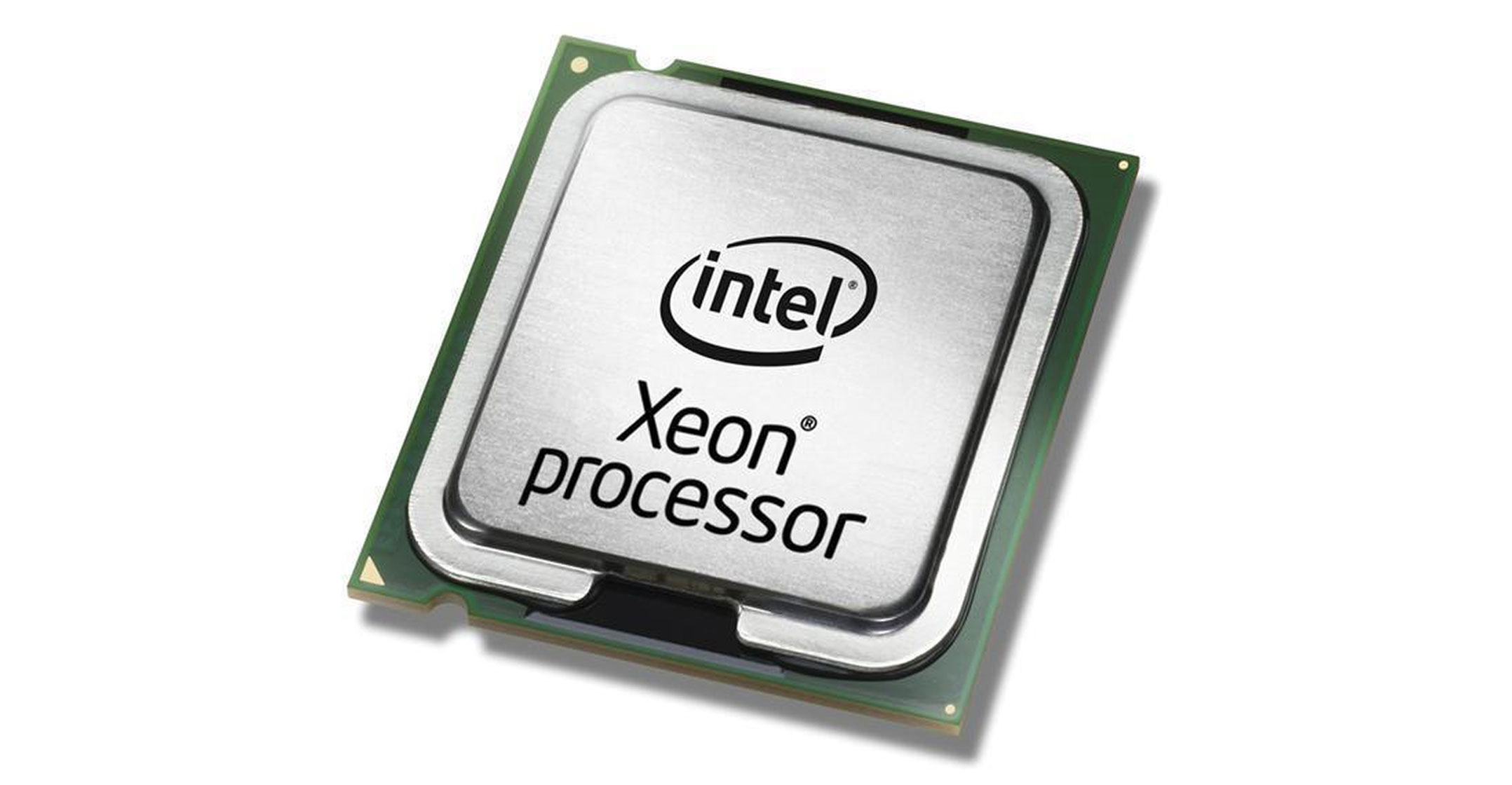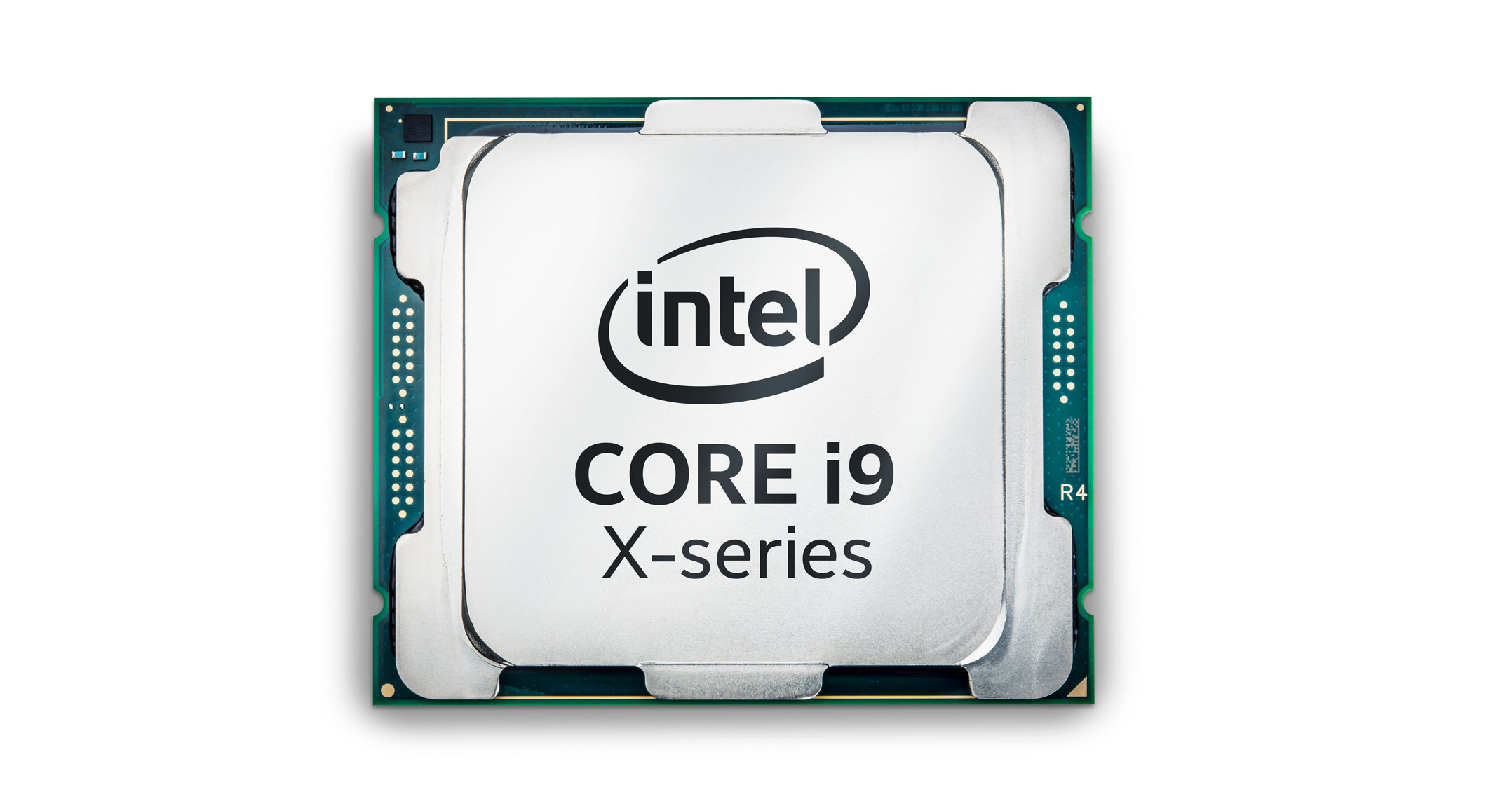 Intel, which had been the biggest beneficiary of a years-long, multibillion-dollar spending spree by the cloud computing industry, signalled an end to an expansion that drove record revenue and profit.
Intel, which had been the biggest beneficiary of a years-long, multibillion-dollar spending spree by the cloud computing industry, signalled an end to an expansion that drove record revenue and profit.
The world’s second largest semiconductor maker late on Thursday predicted its data centre group, which provides the chips that are at the heart of almost all server computers, will post a revenue decline in 2019, its first drop in a decade. Intel also cut its overall annual sales and earnings targets and said this quarter will be worse than analysts estimated, sending shares tumbling in extended trading.
CEO Bob Swan can no longer rely on the business unit that had carried the company to a run of earnings growth even as the PC market wobbled. While admitting that the outlook has deteriorated from earlier projections, Swan said Intel’s customers, particularly those in China, are merely tapping the brakes after ordering chips at a frantic pace last year. Analysts said that’s not the whole story, and the downbeat forecast added to concerns that Intel may lose its lucrative stranglehold on the market for computer processors.
“They’re undoubtedly losing share,’’ said Stacy Rasgon, an analyst at Sanford C Bernstein. The company urgently needs to solve recent manufacturing problems to head off possible gains by rival AMD, he said. “The overhang is still there. Is AMD going to take meaningful share?’’
Intel shares slumped 7% in extended trading following the forecast, which was disclosed along with the company’s first-quarter earnings on Thursday. The stock had earlier slipped 1.9% to US$57.61 at the close in New York, leaving it up 23% this year. That performance trails the benchmark Philadelphia Stock Exchange Semiconductor Index’s 35% advance. AMD will report its quarterly numbers on 30 April.
Hangover
Intel’s overall sales in the first quarter were little changed at $16.1-billion. Analysts on average had predicted $16.03-billion in revenue. Net income slipped to $3.97-billion, or $0.87/share, while analysts had projected $0.82. In last year’s first quarter, Intel posted earnings of $4.45-billion, or $0.93. Gross margin, or the percentage of sales remaining after deducting the cost of production, was 56.6% in the quarter. Intel’s target range for that key indicator of efficiency for a manufacturing company is above 60%.
Revenue in the current period will be about $15.6-billion and net income will be $0.83/share, the Santa Clara, California-based company said in a statement. That compares with average analysts’ estimates of $16.9-billion and $0.96/share, according to data compiled by Bloomberg. Sales for the year will be $69-billion, Intel said, below analyst projections of $71.3-billion.
Swan said Intel is dealing with the hangover of “explosive growth” in 2018 and customers are working through their stockpiles of unused parts.
 “Last year we had outstanding growth and we were expecting a slowing in data centre (revenue),” he said in an interview after the report. “It’s going to take a little longer than we anticipated.” Swan also said that the steeper-than-expected drop in orders for some of his business had been more pronounced in China, where the company gets about a quarter of its annual revenue. “China headwinds have increased.”
“Last year we had outstanding growth and we were expecting a slowing in data centre (revenue),” he said in an interview after the report. “It’s going to take a little longer than we anticipated.” Swan also said that the steeper-than-expected drop in orders for some of his business had been more pronounced in China, where the company gets about a quarter of its annual revenue. “China headwinds have increased.”
The data centre unit declined 6.3% from a year earlier in the recent period, compared to growth of 9% in the fourth quarter. In January, Intel executives predicted that orders would pick up once customers worked through stockpiles of unused chips. Intel’s Xeon processors account for more than 95% of the market for chips that run servers, the machines that provide the backbone of the internet and corporate networks.
Cloud computing companies such as Amazon.com, which reported strong earnings on Thursday, have ordered massive amounts of equipment to meet the insatiable demand for data processing. Such spending has been one of the key drivers of growth in the chip industry over the past few years. With its cautious outlook, Intel joined other chip makers, such as Xilinx and Texas Instruments, in signalling that massive spending on infrastructure isn’t going to come raging back this year.
Intel’s first-quarter challenges weren’t confined to server chips. In memory, the company’s investments in a new type of semiconductor weren’t able to provide a cushion from a decline in the price of industry-standard parts it makes. Operating losses in that business widened to $297-million in the quarter, compared to a loss of $81-million in the same period a year earlier. Swan said the unit will have to do a better job of providing a return on investment, adding that he would look at options including partnerships.
Intel also announced earlier this month that it will wind down a multibillion-dollar, decades-long effort to stake a claim in chips for the mobile phone industry. After Intel’s one significant customer, Apple, said it will return to using Qualcomm for its iPhones, Intel said it will stop developing chips for 5G smartphones and will complete an assessment of the opportunities for modems in PCs and other devices.
Shortages
Though the server market is more profitable, Intel still gets the majority of its revenue from the PC market, and its processors are the main component in most of the world’s laptops and desktops. That business posted first-quarter sales of $8.59-billion, up 4.5% from a year earlier. Shortages of some parts, caused by manufacturing issues at Intel’s plants, have limited shipments of PCs in recent quarters. Swan said those shortages will continue through the first half of the year.
The company has been struggling to shift its factory network to more advanced techniques. That’s left Intel and the computer industry short of manufacturing capacity. In response, the company prioritised making chips that it can charge more for — server and high-end desktop processors — causing a scarcity of supply, particularly for cheaper laptops.
Intel initially sparked concern last year that it may be losing its edge in manufacturing when the company confirmed that it wouldn’t mass produce semiconductors made with 10-nanometre technology until later this year. That may put it behind chip-making rivals such as Taiwan Semiconductor Manufacturing Co. — Reported by Ian King, (c) 2019 Bloomberg LP




